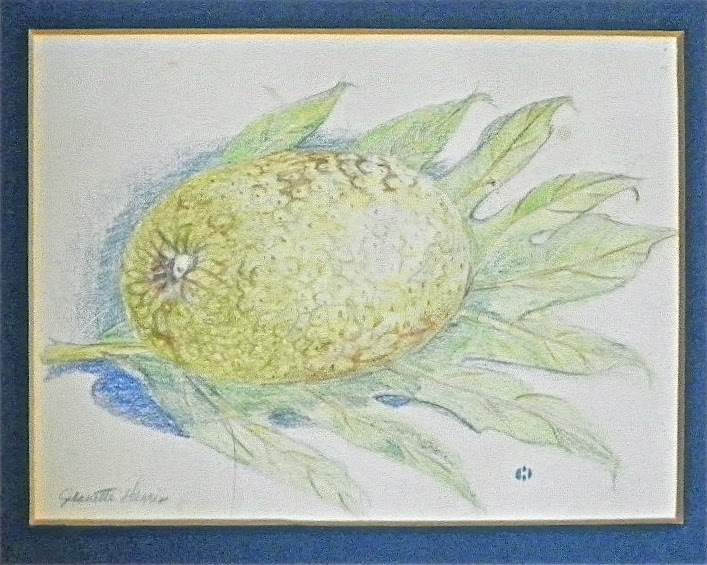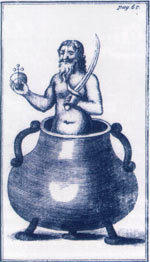
The Master of the Pot
One thing you can usually say about an artist's work: It will change.
I've seen lots of my fellow potter's work and progress and change over the years.
And I have observed that a clay artist's works can change more radically and sometimes more quickly than other disciplines.
A contributing factor may found in the very nature of artists who chose to work in clay.
Maybe it is because of the versatility of clay.
Maybe clay artists are naturally disposed to be more inquisitive and adventurous than, say, a painter or printmaker.
Maybe it is because of the material we work with; the huge range of raw materials and variety of techniques available for potters to explore.
Many of us come to clay from a variety of other disciplines.
Clay is very receptive to the application of other techniques. It can be woven, printed on, painted, drawn on, paired with metals and woods, sand blasted, etched, patinated, etc.
My interest in clay has always been exploring it's versatility. Building from slabs, wheel throwing, design and solving problems.
I spent time doing historical research. I was very lucky to be in places where I could see actual examples of many kinds of examples from prehistoric to modern works.
I liked trying to duplicate some of the techniques just by working out how things were done. I'm not one who likes to go to workshops. Workshops sometimes turn out little "Mini-Mes" of the teacher. However, if you learn the technique, it behoves you to make it your own and re-interpret the technique into your own style.
On the other hand, some artists find a formula that works for them and they stick with it. They make the same thing over and over again. There's certainly nothing wrong with that. If you have a good thing going and it intrigues you, go for it. There's lots to be said for establishing a trademark.
In some ways, it's very good because they become closely identified with a certain form or style and it becomes their identity. In the world of art merchandising, a quantitative source is a valued thing. The public at large and art dealers can pin down and put a price tag on easily-identified signature work. It fits into the commercial framework.
There is no 'right way' to make art. The key is figuring out what works for you.
Become the expert of YOUR work.
































